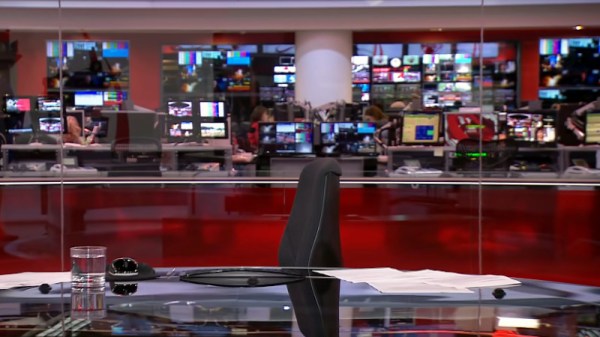The modern TV news studio is a masterpiece of live video and CGI, as networks vie for the flashiest presentation. BBC News in London is no exception, and embraced the future in 2013 to the extent of replacing its flesh-and-blood camera operators with robotic cameras. On the face of it this made sense; it was cheaper, and newsroom cameras are most likely to record as set range of very similar shots. A decade later they’re to be retired in a victory for humans, as the corporation tires of the stream of viral fails leaving presenters scrambling to catch up.
A media story might seem slim pickings for Hackaday readers, however there’s food for thought in there for the technically minded. It seems the cameras had a set of pre-programmed maneuvers which the production teams could select for their different shots, and it was too easy for the wrong one to be enabled. There’s also a suggestion that the age of the system might have something to do with it, but this is somewhat undermined by their example which we’ve placed below being from when the cameras were only a year old.
Given that a modern TV studio is a tightly controlled space and that detecting the location of the presenter plus whether they are in shot or not should not have been out of reach in 2013, so we’re left curious as to why they haven’t taken this route. Perhaps OpenCV to detect a human, or simply detecting the audio levels on the microphones before committing to a move could do the job. Either way we welcome the camera operators back even if we never see them, though we’ll miss the viral funnies.
Continue reading “Robot Rebellion Brings Back BBC Camera Operators”











